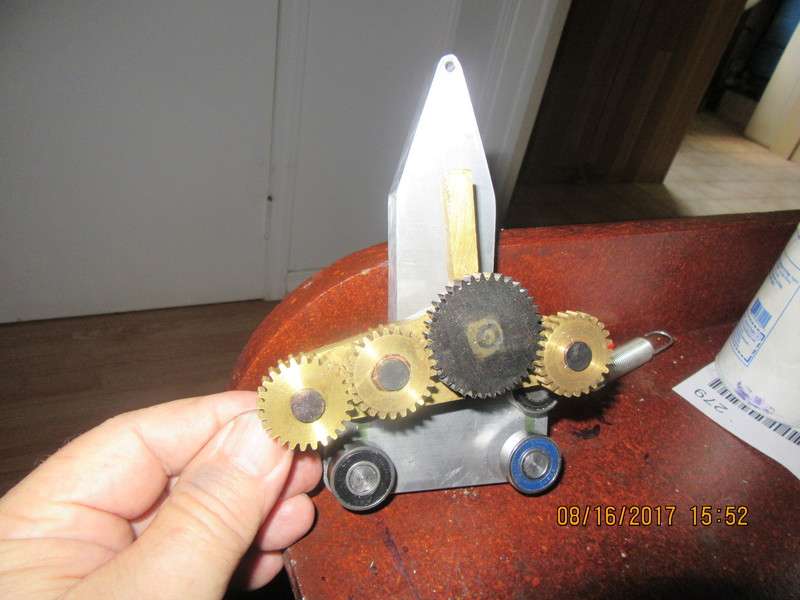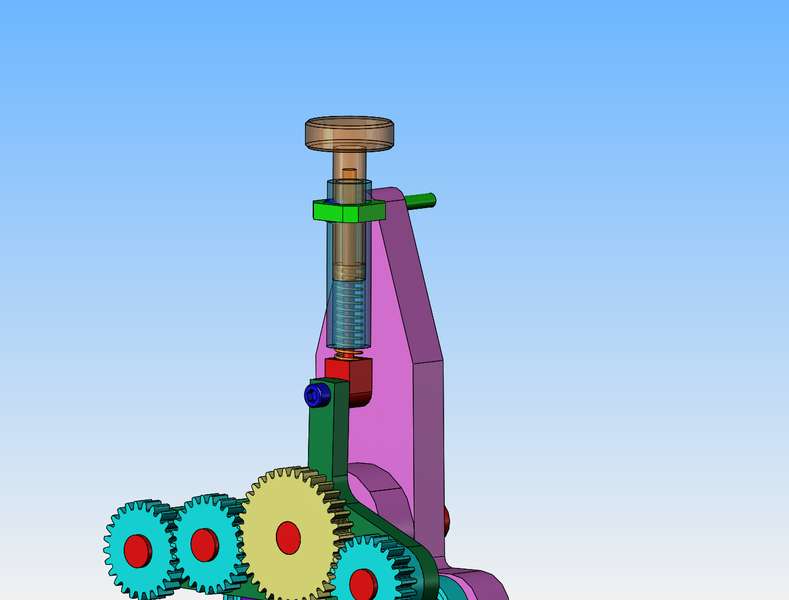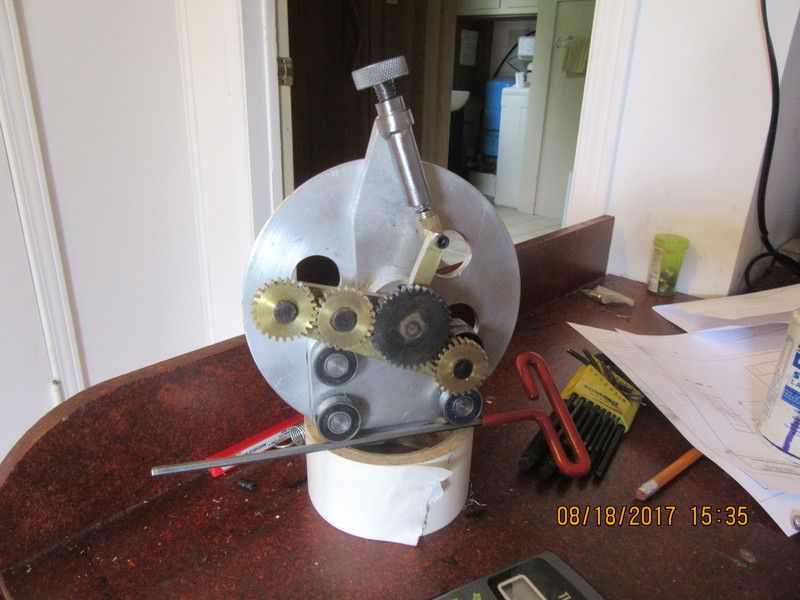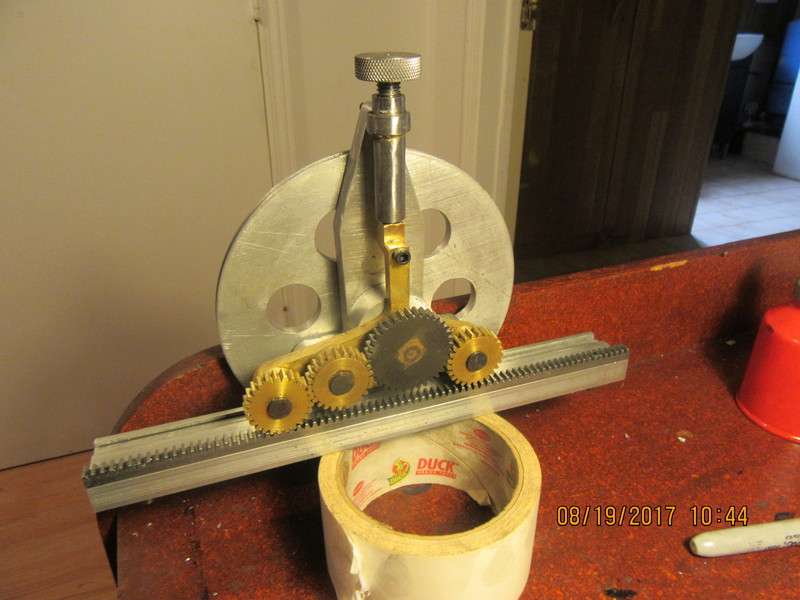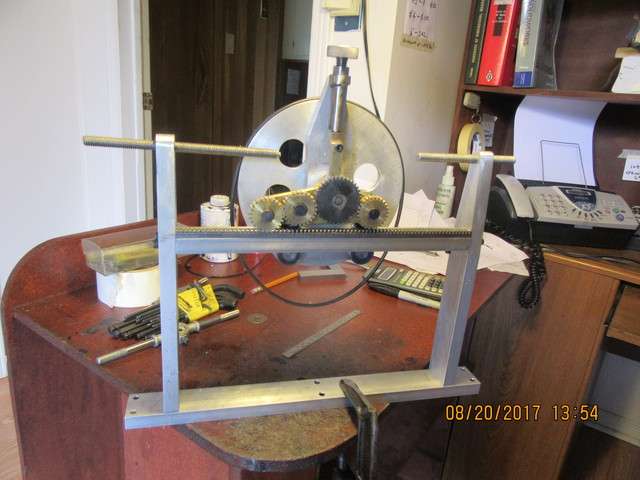Thank you Baz. She has been a great mother. My wife and I and my mothers younger sister (who is eighty eight) had a little birthday party at the retirement home where she now lives. I thought that putting 97 candles on the birthday cake might have set off all the sprinklers, so we only put 7 candles on the cake. For many, many years when I was a boy, my mother had a pen pal named Ruby Walmsly in Australia. They corresponded for many years, and my mother was always happy to receive mail from her "Friend in Australia". When I was about 10 years old Mrs. Walmsly sent my mother a small wooden boomerang souvenir of Australia about 10" long to hang on the wall. It was quite pretty, and had a kangaroo painted on it. After seeing it hanging there for about 6 months, and reading about the "bushmen" of Australia, I sneaked it off the wall when my mother wasn't looking, took it outside, and threw it as hard as I could. I fully expected it to return to me.---But sadly, although I looked for it for weeks, it was never seen again. I always thought afterwards that the damned thing must have flown back to Australia. I had a lot of difficulty explaining this to my mother-----Brian
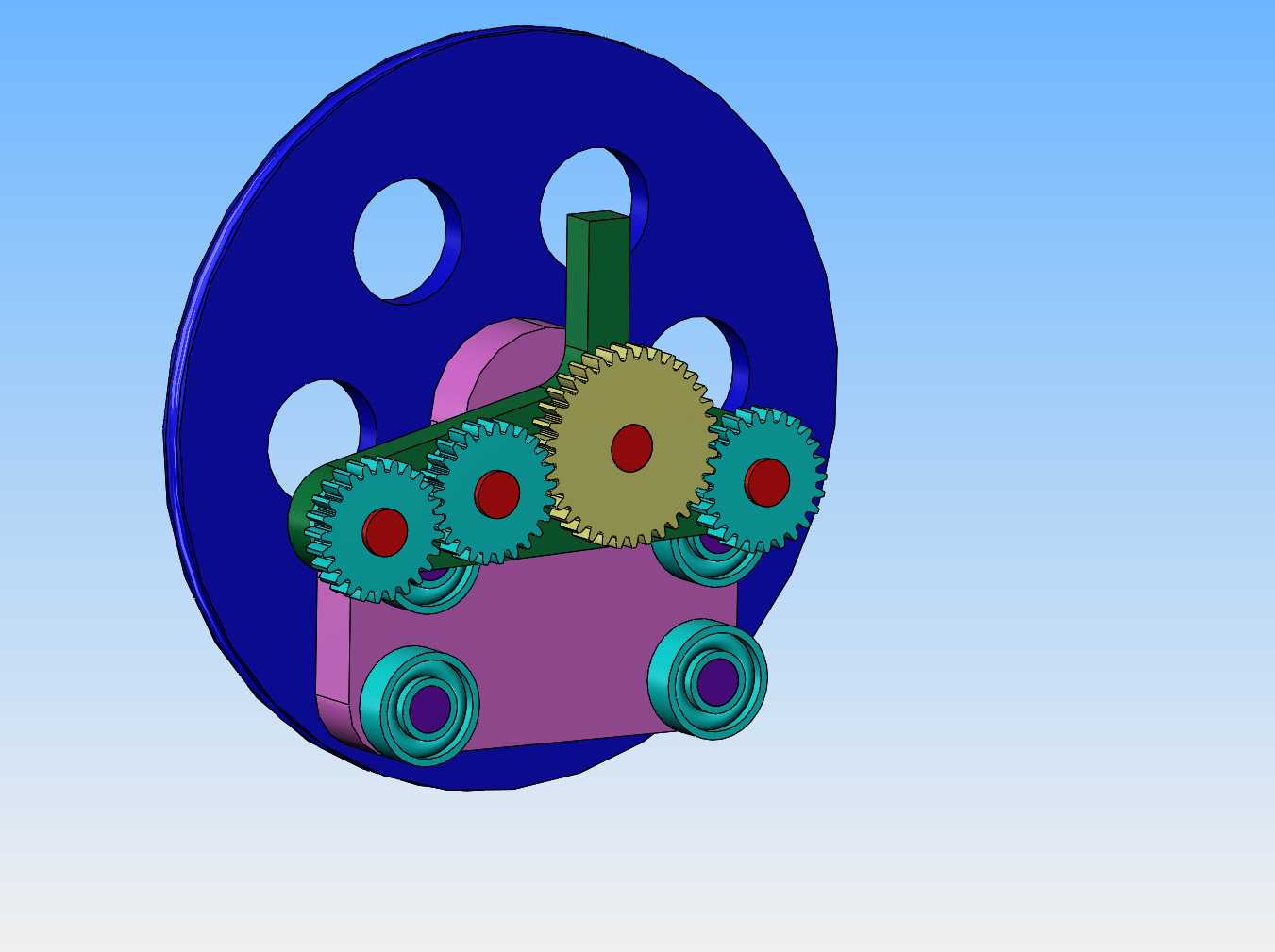






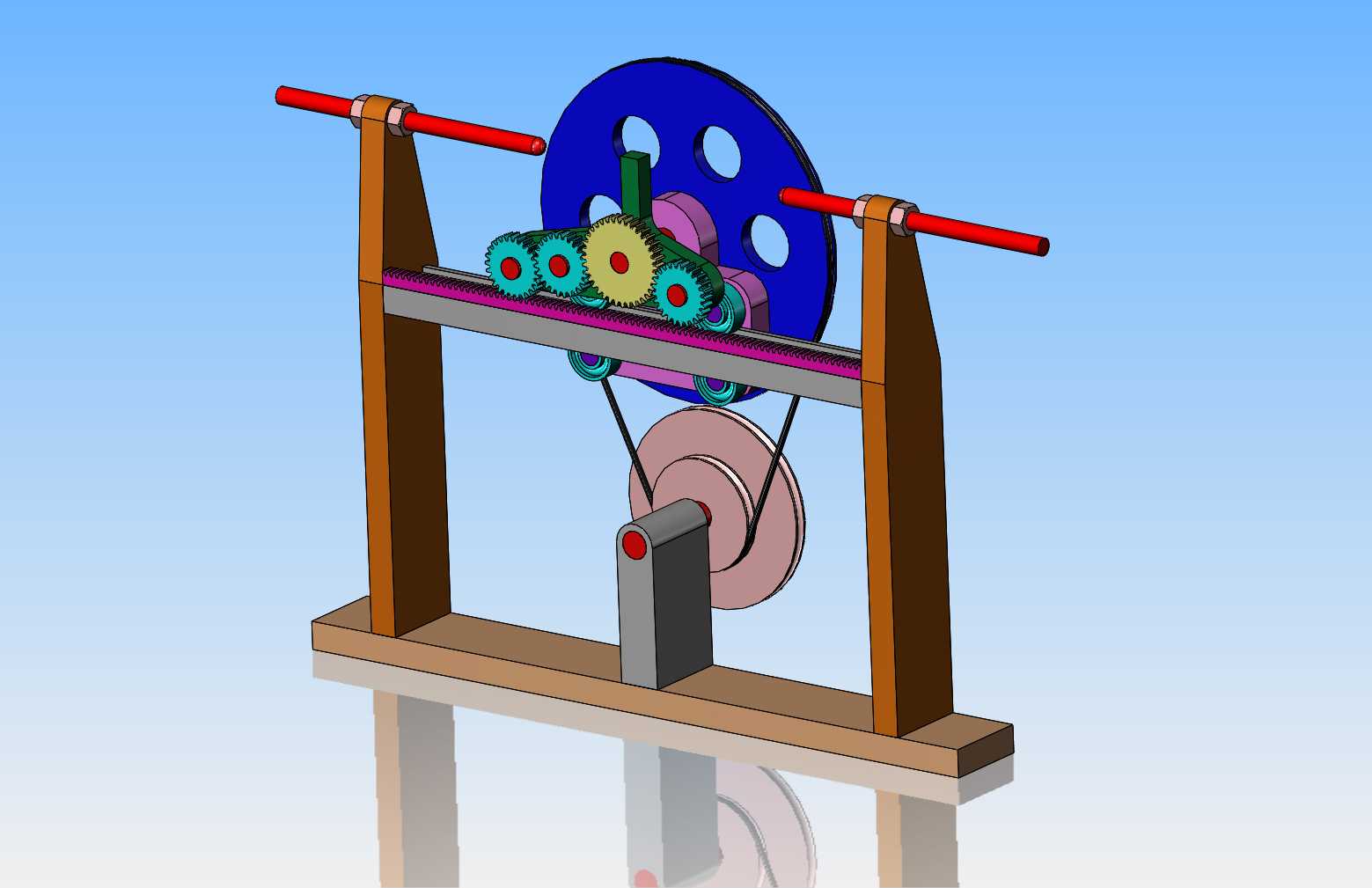
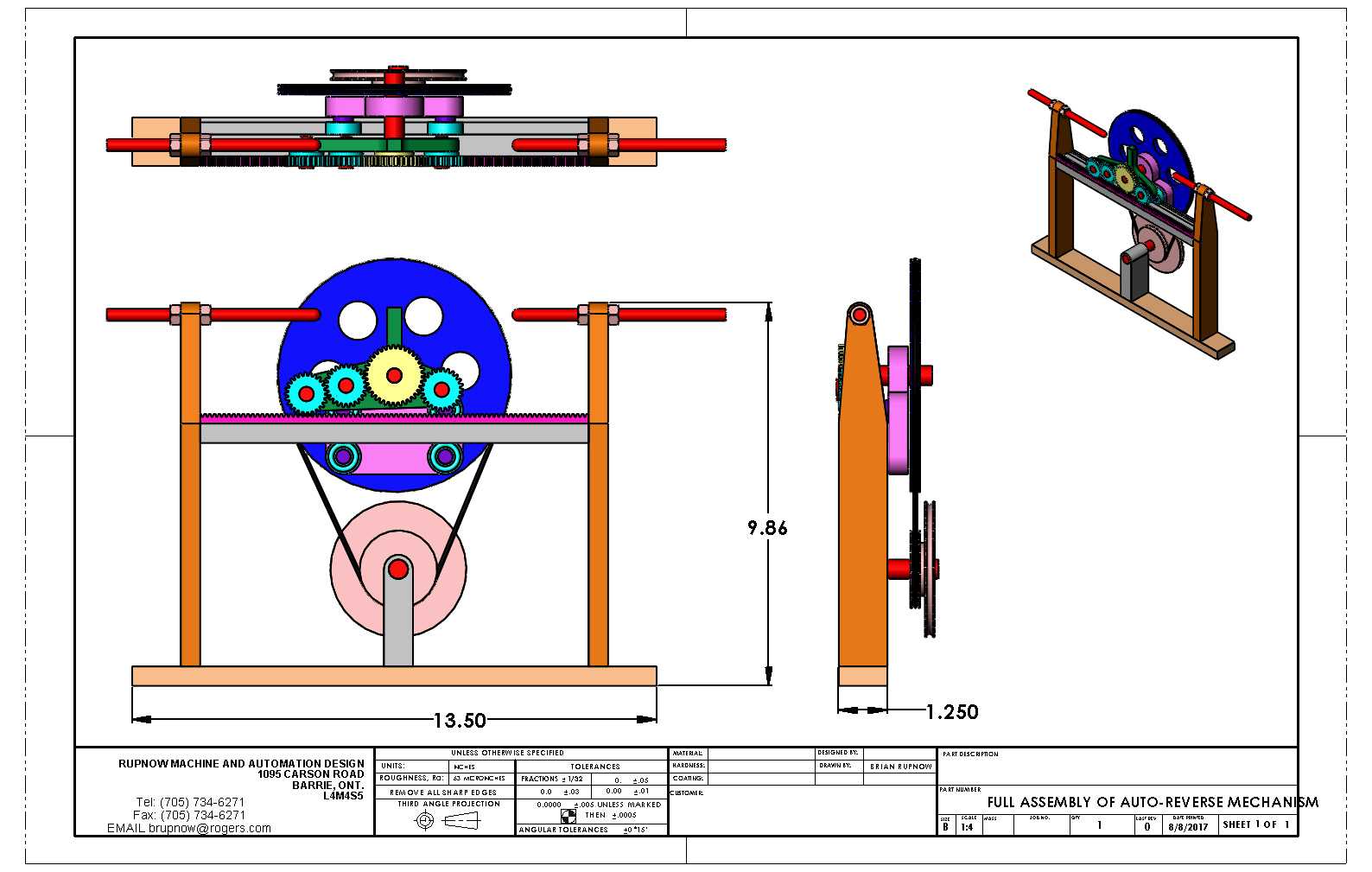
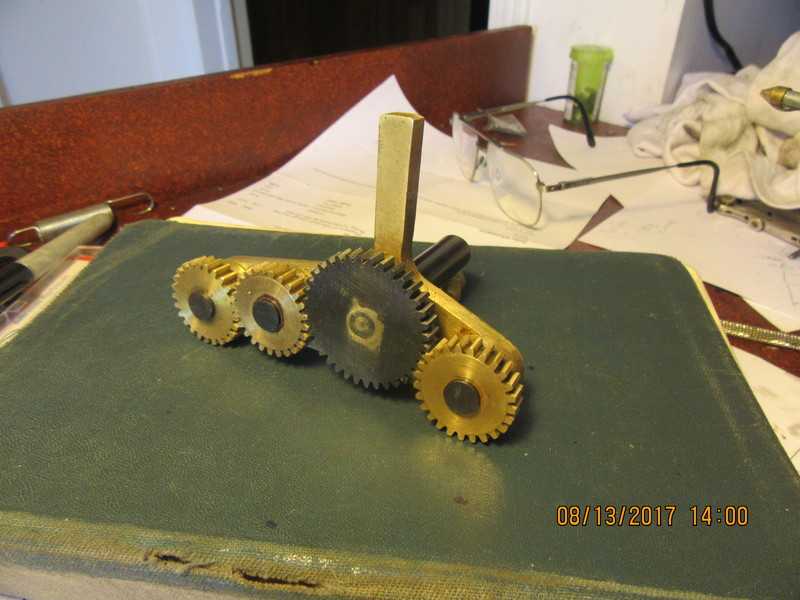
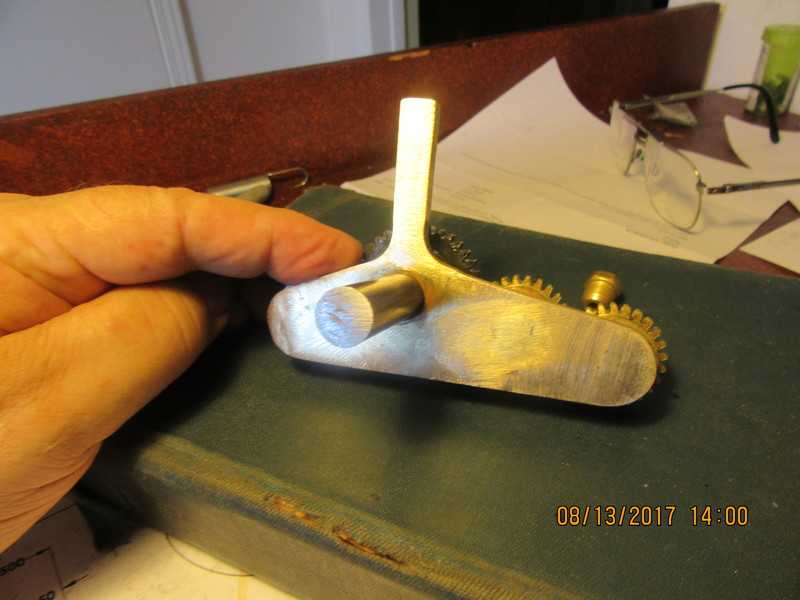
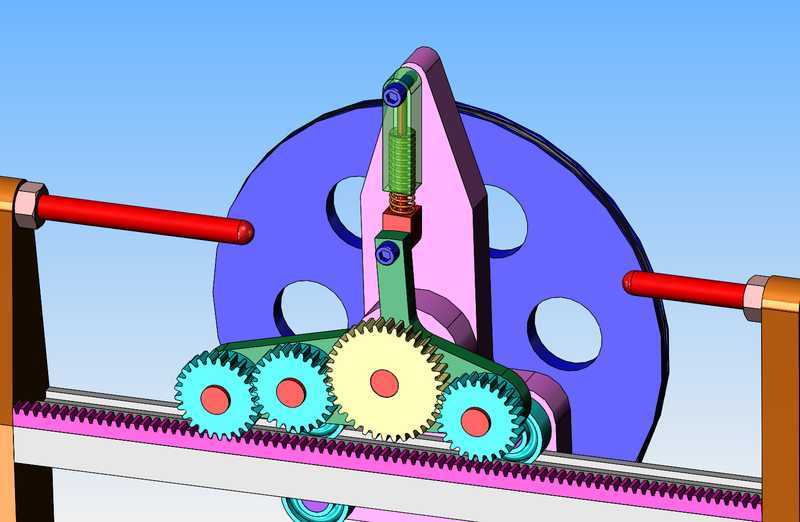
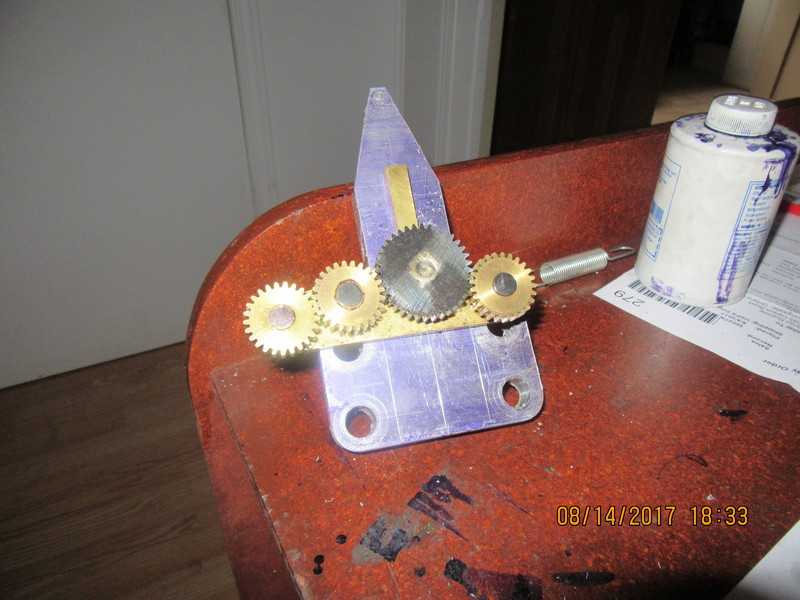





















![MeshMagic 3D Free 3D Modeling Software [Download]](https://m.media-amazon.com/images/I/B1U+p8ewjGS._SL500_.png)































![DreamPlan Home Design and Landscaping Software Free for Windows [PC Download]](https://m.media-amazon.com/images/I/51kvZH2dVLL._SL500_.jpg)



